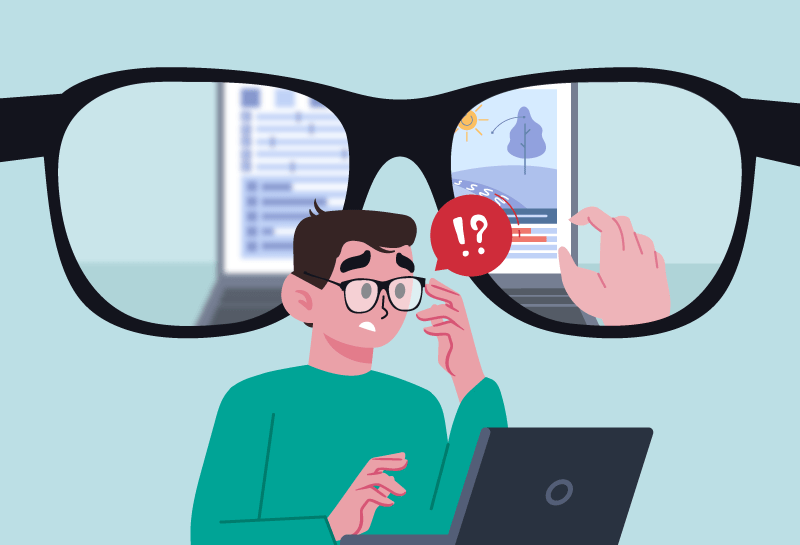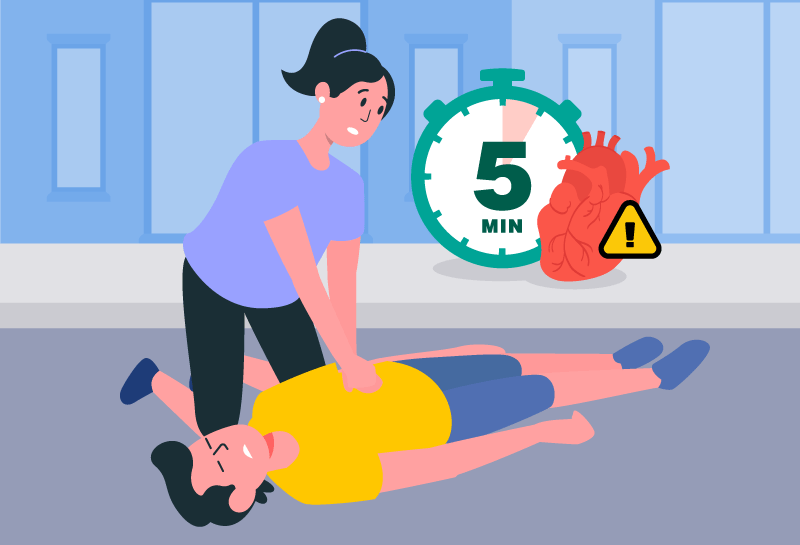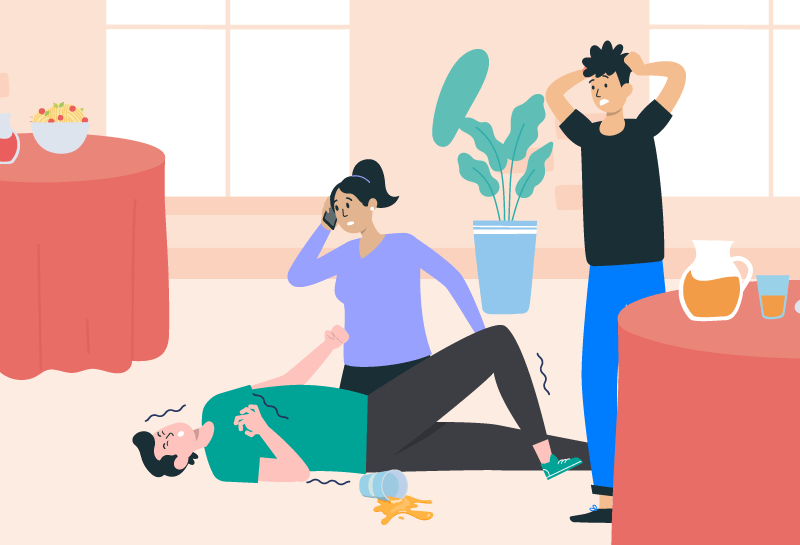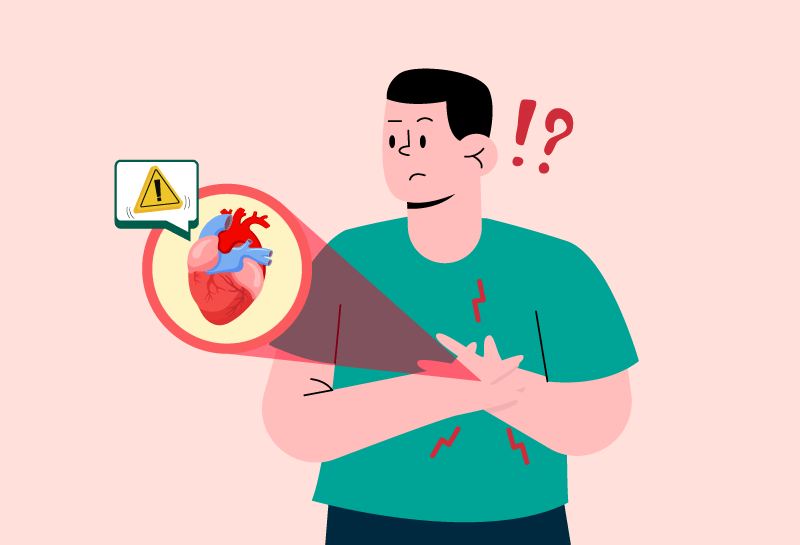It’s easy to assume that an ACL tear is something that only happens to athletes or those pushing their bodies to the limit. But the truth is, this common knee injury can strike at the most unexpected moments, whether you're chasing after a bus, playing with your kids, or simply misstepping on a walk. The impact can be far greater than you think, causing pain and disruption to your everyday life.
ACL tears aren’t limited to professional sports. They can affect people of all ages and activity levels.
What is an ACL tear?
The ACL, or anterior cruciate ligament, is one of the key ligaments that helps stabilise your knee joint. It connects your thigh bone (femur) to your shin bone (tibia), preventing excessive forward movement of the shin bone during activities like running, jumping, and twisting. A tear in this ligament can cause immediate pain, swelling, and instability, limiting your ability to move normally.
ACL tear vs muscle strain: What’s the difference?
An ACL tear and a muscle strain are both injuries that cause pain and swelling, but they affect different tissues and have distinct symptoms and treatments. Here’s how to tell them apart:
| Feature |
ACL tear |
Muscle strain |
| Tissue involved |
Ligament (ACL in the knee) |
Muscle fibres or tendons |
| Cause |
Sudden pivot, landing awkwardly, or impact |
Overstretching or overuse |
| Onset of swelling |
Rapid and pronounced |
Mild or gradual |
| Knee stability |
Often unstable or gives way |
Usually stable |
| Popping sound |
Common |
Rare |
Risk factors you may not realise
While athletes are certainly at risk, ACL injuries can affect anyone. Several factors can increase the likelihood of a tear, including:

Age
The risk tends to increase in individuals aged 15-45, as the ACL weakens with age and overuse.

Gender
Women are more likely to suffer ACL injuries due to anatomical differences, hormonal factors, and certain muscle imbalances.

Weak muscles
Weak or imbalanced muscles around the knee and thigh can contribute to ACL injuries.

Previous injury
If you’ve had an ACL tear before, you’re at a higher risk of tearing it again, even after full recovery.

EXPERT INSIGHT
Most ACL tears require surgery in the form of an ACL reconstruction, particularly as they tend to occur in younger, active individuals. When the ACL is torn, the knee becomes rotationally unstable, which increases the likelihood of further twisting injuries. Over time, this can lead to additional damage to the surrounding ligaments, menisci, or cartilage in the knee.
Early treatment usually involves physiotherapy to reduce swelling and pain, improve range of motion and strengthen the thigh muscles. Surgery is not typically urgent or advised right away, except in select cases where the ACL has been avulsed from the femur. In these situations, an ACL repair, rather than a reconstruction, may be considered. Dr Tan notes that in such cases, many knee and sports surgeons agree that early surgical intervention, ideally within a couple of weeks of the injury, may lead to better outcomes.
Treatment options: What are your choices?
When it comes to treating an ACL tear, your course of action will depend on the severity of the injury, your age, activity level, and general health. Here are the most common treatment options:

Non-surgical treatment (Physical therapy)
If the tear is partial or if you are less active, your doctor may recommend physical therapy. This treatment focuses on strengthening the muscles around the knee to improve stability. Physical therapy can be effective for individuals who don’t rely on their knees for high-intensity activities.

Surgical treatment (ACL reconstruction)
In cases of full tears, particularly in active individuals, surgery may be necessary. ACL reconstruction involves replacing the torn ligament with a graft, typically taken from another tendon in the patient’s body or from a donor. While it requires time to heal, often 6 to 9 months, it can restore full knee function when done correctly.

Post-surgery rehabilitation
If you opt for surgery, rehabilitation will be a major part of your recovery. Physical therapy after surgery is crucial for restoring movement, strength, and flexibility to your knee. This process can take several months, so patience is key.
Recovery: Patience and persistence
The road to recovery from an ACL injury, whether through surgery or therapy, is a long one. But with the right approach, you can regain full functionality in your knee. Here’s what you can expect:

Initial recovery (0 - 3 months)
This phase focuses on reducing swelling and improving knee range of motion. During this period, you’ll begin light rehabilitation to regain movement.

Strengthening phase (3 - 6 months)
As pain decreases, more intense exercises will help strengthen the muscles surrounding the knee. This is where physical therapy becomes vital.

Return to activity (6+ months)
Returning to sports or high-intensity activities typically happens more than 6 months after surgery. However, it’s important to follow your doctor’s guidance and not rush the process. Prematurely returning to strenuous activities can lead to re-injury.

EXPERT INSIGHT
Recovery from ACL reconstructive surgery can be a long and demanding journey, often taking 9 to 12 months before returning to regular training or physical activity. This extended timeline can be mentally challenging, especially for individuals who are used to being active. The loss of routine, physical limitations, and uncertainty around full recovery may lead to frustration, discouragement, or even anxiety.
To stay motivated, it is helpful for patients to set short-term, progressive goals throughout their recovery. Consistently attending physiotherapy sessions and adhering to prescribed exercises can also provide structure and a sense of control. These strategies not only support physical healing but also help patients stay mentally engaged and positive during the process.
Prevention: Reducing the risk of ACL tears
Although you can’t eliminate all risk factors, there are ways to reduce the likelihood of an ACL tear:

Strengthen key muscles
Building strength in the quadriceps, hamstrings, and calf muscles provides support for the knee and can prevent strain on the ligament.

Proper training techniques
Make sure to warm up properly before engaging in physical activity. Learn proper jumping and landing techniques to avoid putting excessive strain on your knees.

Protective gear
Depending on the sport, wearing knee braces or proper footwear can help protect your knee from injury.

Flexibility
Regular stretching exercises can improve the flexibility of your muscles and joints, reducing the risk of overstretching.

EXPERT TIP
With newer surgical techniques, patients often recover faster, but this can lead to a false sense of readiness. According to Dr Tan, one of the most common mistakes during ACL recovery is returning to sport too soon. Many patients overestimate their readiness and push themselves too hard, too early, which can result in soreness, swelling, or even compromising the integrity of the reconstructed ligament.
It is important for patients to work closely with a skilled sports physiotherapist early in the recovery process. Not only does this support proper rehabilitation, but it also provides essential guidance on which activities are safe to resume at each stage.
When should you see a doctor?
Even if the injury seems minor at first, don’t ignore the symptoms of an ACL tear. Waiting for it to heal on its own can lead to long-term complications, such as joint instability and an increased risk of developing arthritis. Taking action early can speed up your recovery and help prevent future issues.

EXPERT INSIGHT
ACL tear treatment has evolved significantly over the decades. Advancements in surgical techniques, fixation systems, and implants have led to stronger, more reliable reconstruction outcomes. According to Dr Tan, these innovations now allow surgeons to create a thick and sturdy graft, regardless of a patient’s gender, height, or body size. This is particularly important in reducing the risk of re-tear, especially in patients whose own tendons, used for grafting, may be short or thin.
ACL tears may sound like something only athletes need to worry about, but in truth, they’re injuries that can affect anyone. Whether you're an avid runner, a weekend warrior, or just someone who enjoys a walk in the park, understanding the risks, symptoms, and treatment options for ACL tears is crucial.

EXPERT TIP
Reported re-tear rates of the ACL following surgery can be as high as 20 percent. The risk of re-injury is higher in high-contact sports such as rugby, soccer, and mixed martial arts compared to lower-contact activities. One of the best ways to minimise this risk is through proper conditioning tailored to the demands of the sport. Building adequate leg strength, particularly through consistent lower body training, and warming up thoroughly before any physical activity are also key strategies to help protect the reconstructed ligament.
The good news is that with the right care, majority of people fully recover from an ACL injury. So, if you think you've torn your ACL or even suspect you might, don't wait. Seek professional help and take the necessary steps towards recovery. The sooner you act, the sooner you can get back on your feet.

EXPERT CONTRIBUTOR
Dr Bryan Tan Hsi Ming
Consultant Sports and Shoulder Orthopaedic Surgeon
OrthoSports
Instagram:
@askdrbryantan
This article has been written by Healthful For You and does not represent the opinions, views, or endorsements of the Expert Contributor of this article. The Expert Contributor has solely provided expert insights and tips for informational purposes. Any interpretations, conclusions, or statements beyond these contributions are those of the author and do not reflect the views of the expert contributor. This content is intended for informational purposes only and should not be considered as medical, legal, or professional advice.



 Copied
Copied















 15 mins read
15 mins read 





